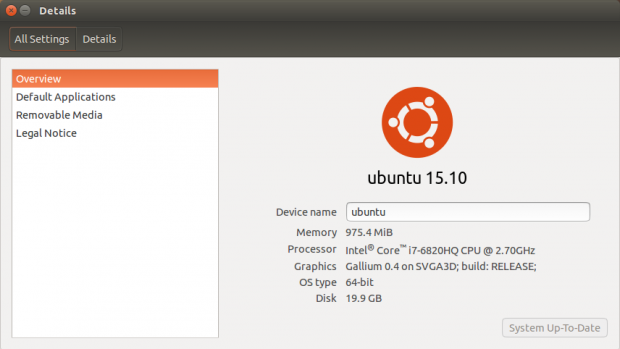
Installing Vivaldi Using Graphical Installer in Linux 39 which is the latest stable version at the time of publishing this tutorial. Once installed, verify the version of Vivaldi: $ vivaldi -versionįrom the output shown below, you can see that we have installed Vivaldi. $ sudo dnf config-manager -add-repo Īdd the repository and install Vivaldi as shown. $ sudo apt updateĪdd the repository and install Vivaldi as shown.

Once the repository is added, update the package lists and install Vivaldi as shown. $ echo "deb stable main" | sudo dd of=/etc/apt//vivaldi-archive.list $ wget -qO- | gpg -dearmor | sudo dd of=/usr/share/keyrings/vivaldi-browser.gpg To do so, first, import the Public signing key for the verification of repository packages and then add the repository, as this ensures that you are adding packages from a trusted repository.

As such, we need to manually add it, but before we proceed with that, we need to add and sync its repository. Vivaldi is not provided by the official repositories. To install Vivaldi from your terminal, follow the outlined steps. Installing Vivaldi from Command-line in Linux On Linux, Vivaldi can be installed on 64-bit Ubuntu 14.04+, Debian 8+, openSUSE 13.3+, or Fedora Linux 24+.

Vivaldi FeaturesĪt a glance, Vivaldi offers the following built-in features: Vivaldi was first launched in 2016 and is still considered quite new on the block. Unfortunately, we are yet to get a release for iOS. Initially, Vivaldi supported Windows and Linux only, but from Vivaldi 5.0 and later releases, support for Apple Mac and Android has been included. However, if you are in search of an exciting browsing experience with some oomph and lots of flexibility and privacy, then you should consider trying out the Vivaldi browser.īased on Chromium, Vivaldi is a multi-platform web browser developed by Vivaldi Technologies. It’s no doubt that Google Chrome, Firefox, Microsoft Edge, and Safari are the most commonly used web browsers around the globe.


 0 kommentar(er)
0 kommentar(er)
